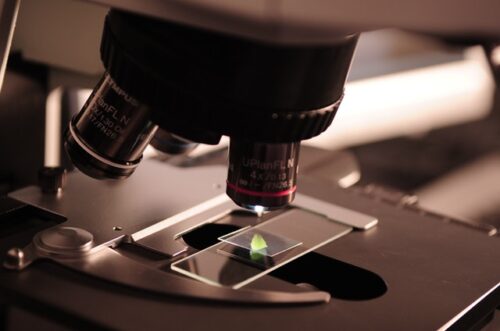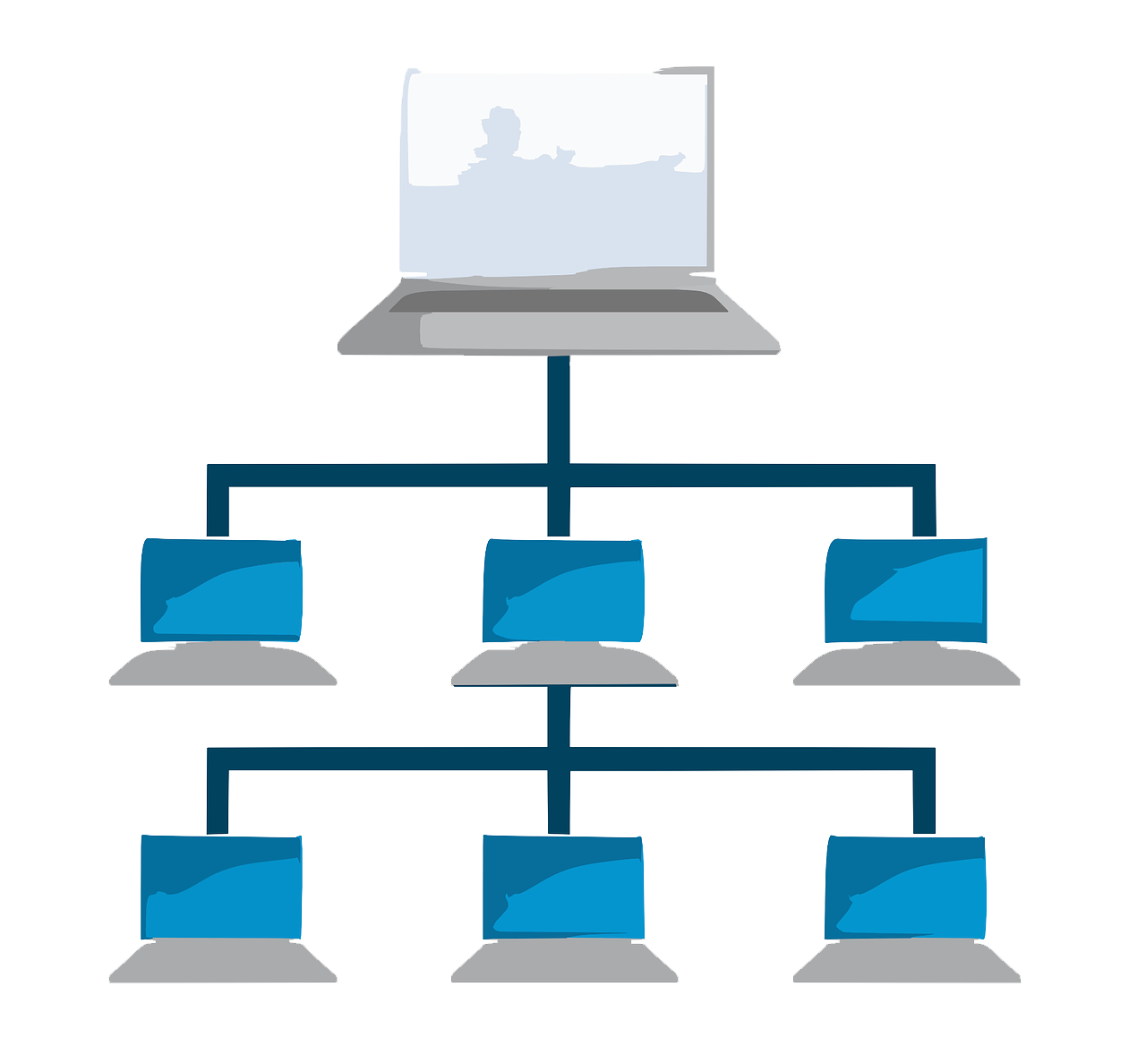About us
ARIADNE is a programme funded by the European Commission. It exists since February 2013.
It is a proposal to integrate existing archeological data infrastructure across Europe, so researchers can use the various distributed datasets and new technologies to explore research methodologies.
The ARIADNE portal was officially launched in Oslo. It’s an extremely simple interface that has a keywords search, a browse function and so on.
This programme combines and integrates existing archaeological research data infrastructures. We believe that researchers can now use different datasets in their efforts to research archeological discoveries with the help of a new methodology and a new and powerful technology.
Our Belief
Seeing how more and more individuals and institutions are using information technologies, we adapted this trend to our archeological field, leading to a large availability of digital datasets, spanning different periods, domains and regions. More and more are getting created.
The accumulated outcome of individuals, researchers, institutions and teams leads to a more effective and efficient result. We believe that this practice was hindered by previous methodologies and that a new practice had to be adopted. This non-homogenous group’s access to resources had to have fewer constraints.
Our Mission
The programme’s key objective is to stimulate new research avenues in the field of archaeology, relying on the comparison, re-use and integration into current research, the outcomes of past and on-going field and laboratory activity.
ARIADNE has seven different workpackages, of which six are specifically about new research. The most relevant one is Linking Archaeological Data. Other activities include Addressing Complexity, Data Mining and Natural Language Processing – used to extract archaeological information later to be linked – as well as Implementing Interoperability, Developing Integrated Services and Innovation in Archaeological Research Methodology.
Our Heritage
ARIADNE launched Linked Data, which is a way to make data more easily processable by machines and more automated. It is also a way to make various data more interoperable and searchable by linking with other data or by mapping to relevant terms. Additionally, one can infer new information from existing data.
However, just because you are using Linked Data doesn’t mean your data is open. Linked Data is a technical solution for breaking down data silos and creating a Web of Data instead of a Web of Documents. The data still has to be open and accessible, through open licensing and open dissemination.
Our Vision
Before 2013, when ARIADNE began, there was not system that could overreach across borders and languages. There were multiple approaches and initiatives. The most notable examples would be, the Archaeology Data Service, in Britain, the Data Archiving and Networked Services, a Dutch service, and the Associazione Internazionale di Archeologia Classica’s Fasti , which is focused on Eastern Europe and the Mediterranean. All of these had a major issue: they were isolated one form another, making researchers lose a tremendous amount of time.
We gave ourselves the ambitions goal to integrate archaeological information across all of Europe. In the past, when one would try to find information about, say, the Iron Age fibulae, she or he would have to browse a cross separate archives, using different interfaces while searching within them and had to become familiar with various languages and recording systems. Our first objective was to provide a digital archive that would store archaeological information. We then proceeded to creating a new community of researchers who placed their trust in information technologies as a way to access data more efficiently.
Our inspiration comes from the German archaeologist Friedrich Wilhelm Gerhard, co-founder of the first international archaeological society. In his own words: “It is an absolute necessity for archaeologists to communicate with each other, leaving the conditions of antiquarians and becoming scientists.” ARIADNE’s goal is to adapt today’s digital technology to this philosophy.
The Future
ARIADNE’s goal for the future is to enable trans-national access of tools, guidance and data centres to researchers. We are willing to create a new Web-based service, based on innovative technologies that will stimulate new research avenues in the field of archaeology. We will continue to contribute to the implementation of a new community of researchers that will use the potential of information technology in their journey.
Technology’s role in society is undoubtedly growing. ARIADNE is a European project that focuses in the implementation of information technology in archaeological databases. There are many other European projects that combine digitization and education. We will be looking at quite a few examples on how several projects implement technology in learning purposes.



